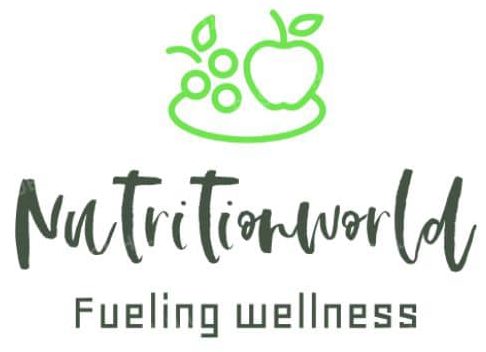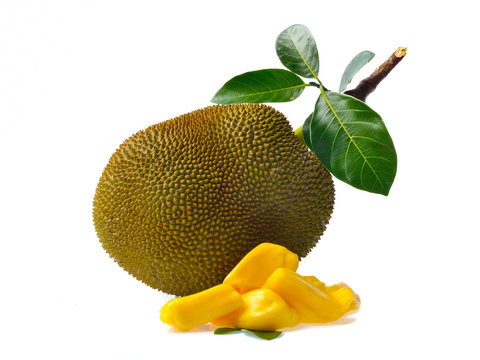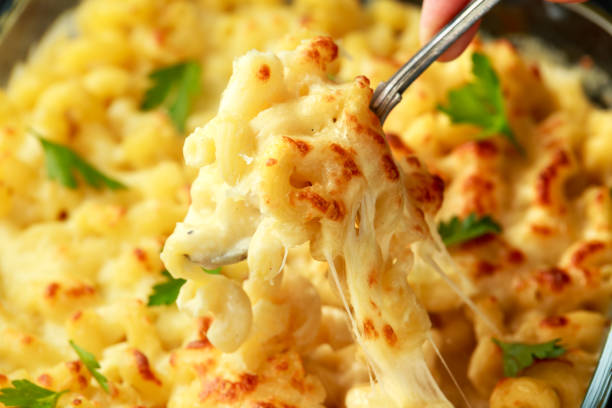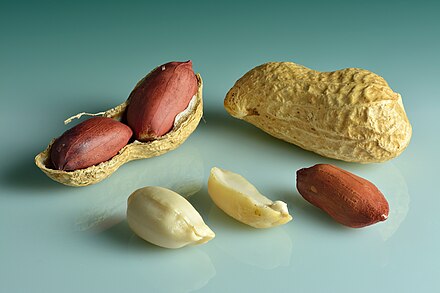Ugali is a staple food in many parts of Africa, especially in East African countries such as Kenya, Tanzania, and Uganda. It is made by cooking maize (corn) flour in boiling water until it forms a thick, dough-like consistency. Sometimes it is also prepared with millet, sorghum, or cassava flour, depending on availability and tradition. Ugali is valued not only for its simplicity and affordability but also for the energy and nutrients it provides. This essay examines the nutritional value of ugali, focusing on its carbohydrate content, vitamins, minerals, and its role in a balanced diet.
The primary nutritional component of ugali is carbohydrates, which provide the body with a steady source of energy. A typical serving of ugali is high in starch, making it an excellent choice for individuals engaged in physical labor or activities that require sustained energy. The slow-digesting starch in maize flour helps maintain fullness and provides lasting fuel for the body and brain. For communities where ugali is eaten daily, it serves as a major energy staple, ensuring that people can meet the demands of work and daily activities.

Though maize is not as rich in protein as legumes or animal-based foods, ugali still provides moderate amounts of protein, approximately 2–3 grams per 100 grams of cooked ugali. However, maize protein lacks certain essential amino acids, such as lysine. For this reason, ugali is traditionally served with beans, meat, fish, or leafy vegetables, which complement its protein profile and help create a balanced diet.
Ugali is naturally low in fat, with most of its calories coming from carbohydrates. A cup of cooked ugali contains about 150–200 calories, depending on the flour used and portion size. This makes it a relatively low-fat and moderate-calorie food, especially suitable for individuals looking to maintain or manage their weight, provided portion sizes are controlled.
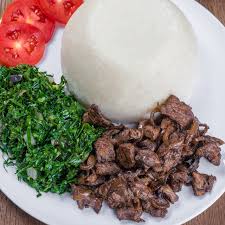
The vitamin content of ugali depends on the type of flour used. Refined maize flour tends to lose some vitamins during processing, while whole maize flour retains more nutrients.B Vitamins (niacin, thiamine, folate): Important for metabolism, energy production, and healthy red blood cell formation.Vitamin A (in fortified flours): Many commercial maize flours are fortified with vitamin A to help prevent deficiencies, especially in children.Vitamin E: Found in small amounts in whole maize flour, acting as an antioxidant that protects body cells from damage.Fortified ugali flour can make significant contributions to improving nutrition in regions where vitamin deficiencies are common.
Ugali contains several important minerals, though in modest amounts:Magnesium: Supports muscle function, nerve transmission, and bone strength.Phosphorus: Essential for bone and teeth development and energy metabolism.Iron: Present in small amounts, though its absorption can be improved when ugali is eaten with vitamin C-rich vegetables such as sukuma wiki (collard greens).Zinc: Contributes to immune function, growth, and wound healing.Using whole-grain or unrefined maize flour enhances the mineral content of ugali compared to refined versions.
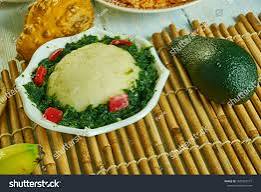
maize flour used in ugali provides dietary fiber, which is important for digestive health. Fiber helps regulate bowel movements, promotes satiety, and supports healthy blood sugar levels. However, when made with refined maize flour, the fiber content is significantly reduced. Choosing unrefined or fortified flour makes ugali more beneficial to gut and overall health.
Ugali, by itself, is mostly a source of energy and some essential nutrients, but it is not nutritionally complete. Its value is maximized when paired with other foods such as:Vegetables (like sukuma wiki, spinach, or okra) for vitamins, minerals, and fiber.Legumes (beans, lentils, peas) for plant-based protein and iron.Animal proteins (meat, fish, eggs, or milk) for complete proteins, vitamin B12, and calcium.This combination makes ugali a cornerstone of a balanced diet in East African households.
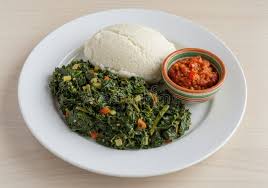
Ugali is more than just a staple food—it is a cultural symbol of nourishment, community, and sustenance in East Africa. Nutritionally, it is a valuable source of carbohydrates that provide energy, along with moderate protein, small amounts of vitamins and minerals, and fiber when whole-grain flour is used. While ugali alone is not a complete food, its pairing with vegetables, legumes, or animal proteins makes it part of a nutrient-rich and balanced diet. Affordable, filling, and versatile, ugali continues to be an essential food that sustains millions of people every day.—Would you like me to also prepare a shorter, student-friendly version of this essay (like the kind useful for classroom assignments)?
